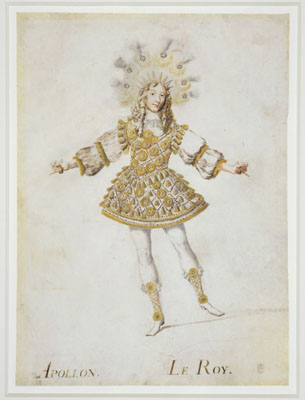“Baroque: Style in the Age of Magnificence” is one of the richest, most sense-stunning exhibitions ever mounted by the Victoria & Albert Museum. This unmissable cornucopia of paintings, furniture, jewelry, costume, architectural designs, theatrical memorabilia (and much more besides) might itself have been modelled on one of the classic, courtly manifestations of Baroque style – the cabinet of curiosities, tightly crammed with wonders. An intimately lit suite of exhibition galleries has itself been turned into a labyrinthine cabinet of curiosities, in which space is found for all kinds of intricately wrought objects.
Where to start? There is the tankard embellished with writhing figures wrought in ivory, each one modelled on a nude by Rubens, as well as the aphrodisiacal beaker made from the horn of a rhinocerus, carved with a scene of indelicate copulation. There is the ostrich egg cup, the clocks like miniature cathedrals, and articles of French furniture so ornate that years of patient work must have gone into their creation.
In the reverential gloom of rooms devoted to sacred art, the realisation dawns that the organisers have also managed to borrow the entire liturgical apparatus commissioned by King John V of Portugal for the most splendid chapel of early eighteenth century christendom – that of St John the Baptist, in the Chapel of San Roque, in Lisbon. Marvel at the monumental gilt-bronze candlesticks, each so ornately decorated it looks as though barnacled with the golden forms of slaves, saints, apostles and putti. Wonder at the solid silver priest’s cribsheet, festooned with madonnas and magnificent as a miniature altarpiece. Gawp at the the gold-chased cruets and salvers, and at the monstrance in the shape of a golden sunburst inlaid with rubies. Created by the finest Italian craftsmen, paid for by Portuguese gold mined in Brazil, this stunning...


